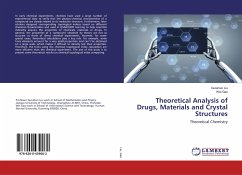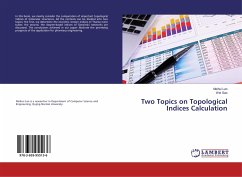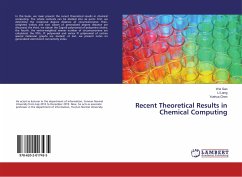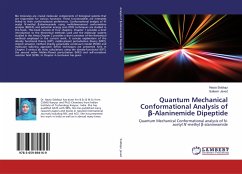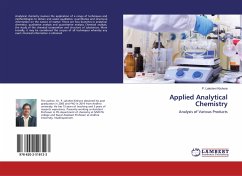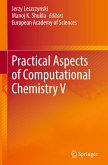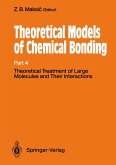In early chemical experiments, chemists have used a large number of experimental data to verify that the physico-chemical characteristics of a compound are closely related to its molecular structure. Furthermore, later scholars designed corresponding topological indices based on different chemical characteristics and used in QSAR/QSPR learning to help scientists indirectly acquire the properties of chemicals, materials or drugs. In general, the properties of a compound obtained by theory are not as accurate as those of direct chemical experiments. However, for some special cases, theoretical calculations play a key role. For example, some trace elements account for a very small proportion and can't be obtained on a large scale, which makes it difficult to directly test their properties. Therefore, the tricks using the chemical topological index calculation are more efficient than the chemical experiment. The aim of this book is to present some theoretical results on chemical topological index computing.

